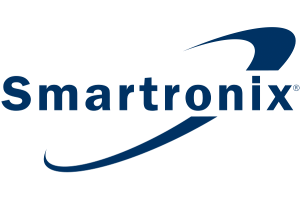Cloud migration is more than just a technical change. It is a transformative process that moves beyond the traditionally accepted mindset of infrastructure as a physical asset.
However, migrating to the cloud is a challenge for agencies that lack a comprehensive strategy that maximizes return on investment (ROI) and includes important considerations like security and the impact on the workforce. In order to get real benefit from the cloud, you have to identify friction points, such as cost and schedules, and create a seamless path to get there.
“Organizations that have really unlocked the value of cloud have looked at it in terms of how it can optimize processes,” Robert Groat, Executive Vice President of Technology and Strategy at Smartronix, said at a GovLoop online training.
What if agencies could do a lift and shift but use the same tools and techniques that their organization is trained on? What if they could meet federal cloud security requirements while also creating an environment that uses integrated cloud-native capabilities?
Smartronix created a program with Amazon Web Services called Colo-to-Cloud to simplify migration and address the financial pain points, which is based on the difficulty of estimating the cost of moving to the cloud and the schedule challenges that can arise with cloud migration.
“When we thought about the traditional, legacy mindset that tends to be in most agencies, we thought that this program would help remove a lot of that friction,” Groat explained. “By lifting them into this environment, their data sets are now adjacent to AWS. They’re able to have direct access and leverage identity and access management components and experiment and deploy similar capabilities in AWS.”
Agencies are given a very elastic capability, which allows them to respond more quickly and efficiently to disasters.
The timeline for adopting cloud varies from agency to agency, but to accelerate cloud migration, all agencies should consider automation. Automating the components of cloud adoption can help with the initial process of migrating to cloud and also optimizing the cloud environment periodically.
To optimize the value gleaned from migrating to cloud, agencies should look at the problem through the right lens and home in on three primary technological advances to allow for agility, innovation, and cost optimization. The three indicators of success when it comes to moving to the cloud are infrastructure automation, application modernization and operations optimization.
In terms of infrastructure automation, everything in the cloud is a software-defined capability. Agencies have to look at building repeatable solutions and codifying that process so that they can build patterns throughout their organization.
Application modernization should be one of the main drivers for why agencies move to the cloud. Agency leaders should utilize cloud-native technologies and look at those new capabilities for ways that they can rapidly build solutions.
“The goal is to reduce the toil, reduce the burden,” Groat said.







Leave a Reply
You must be logged in to post a comment.